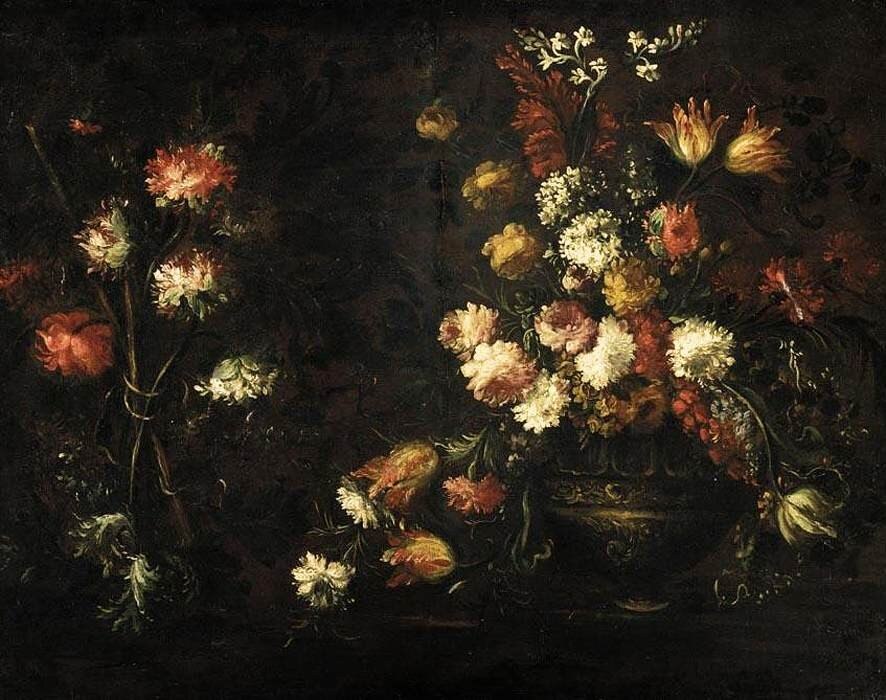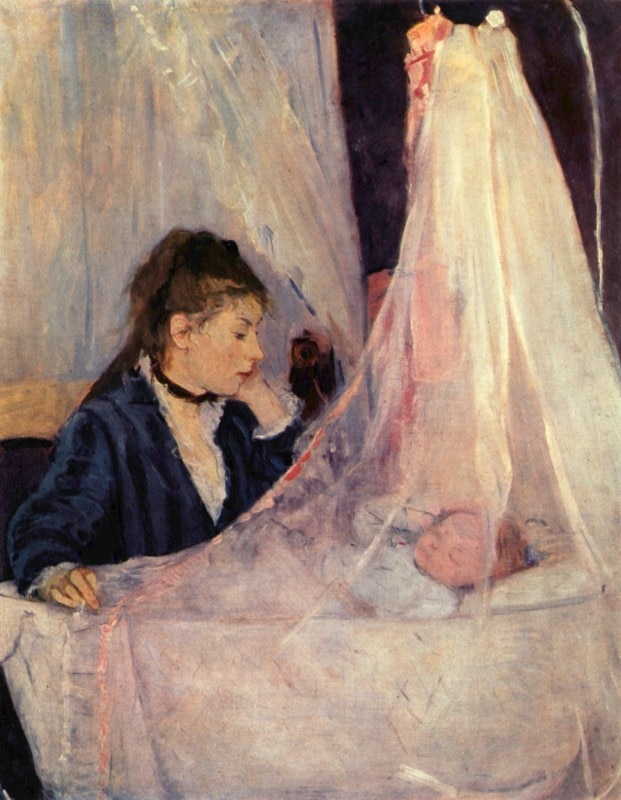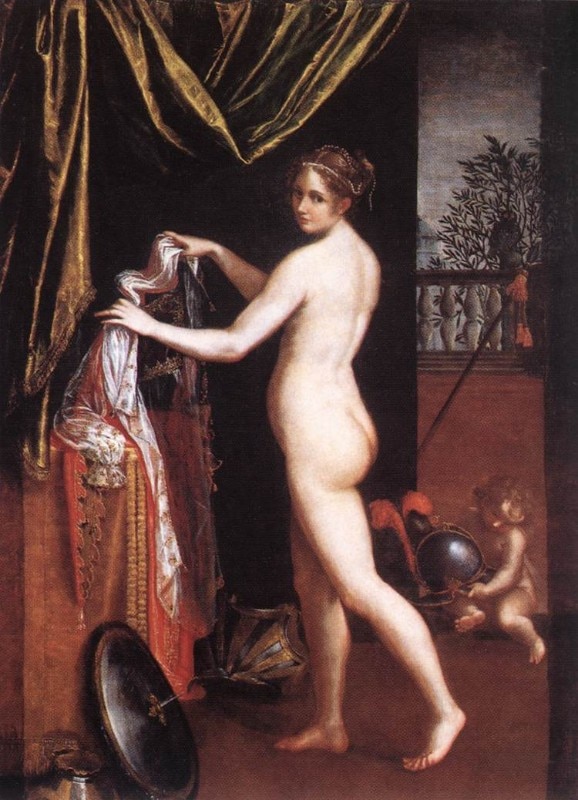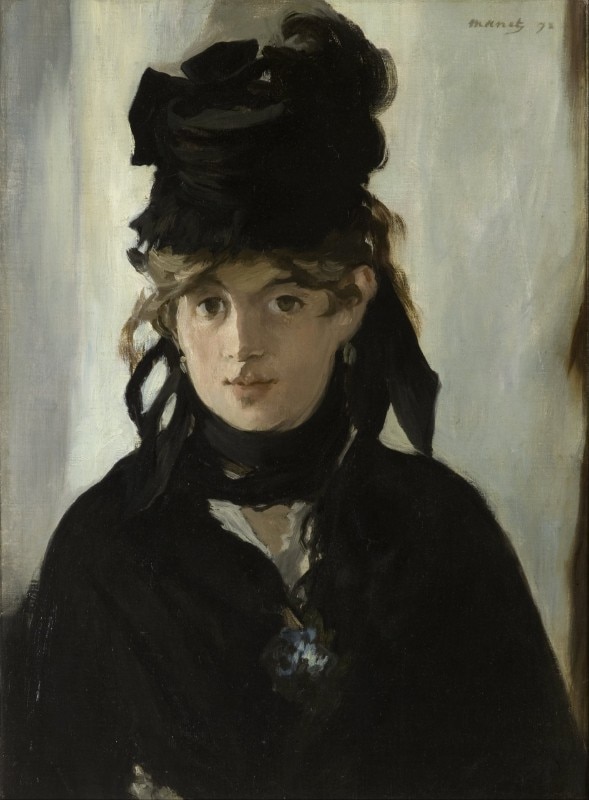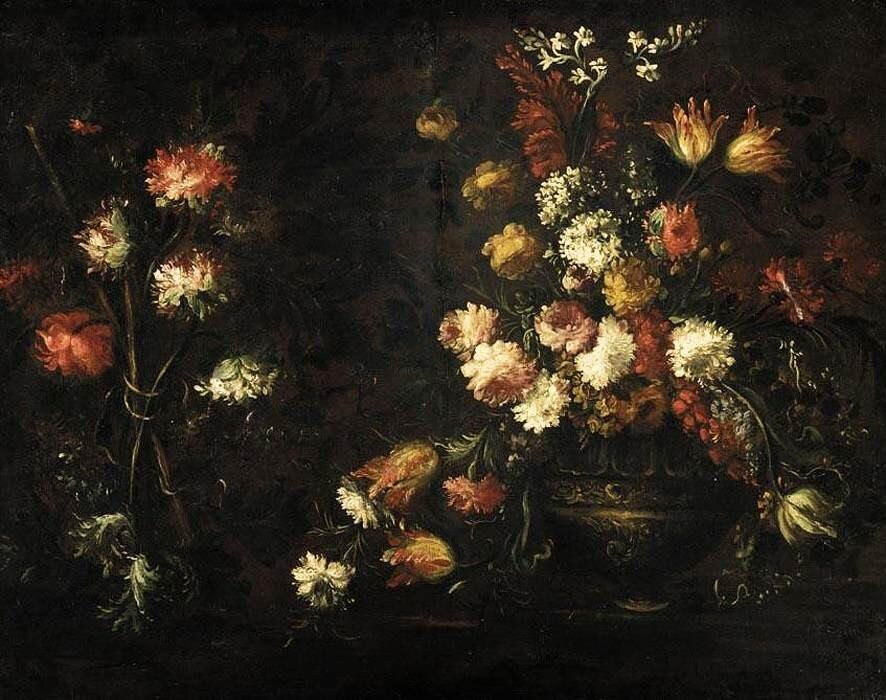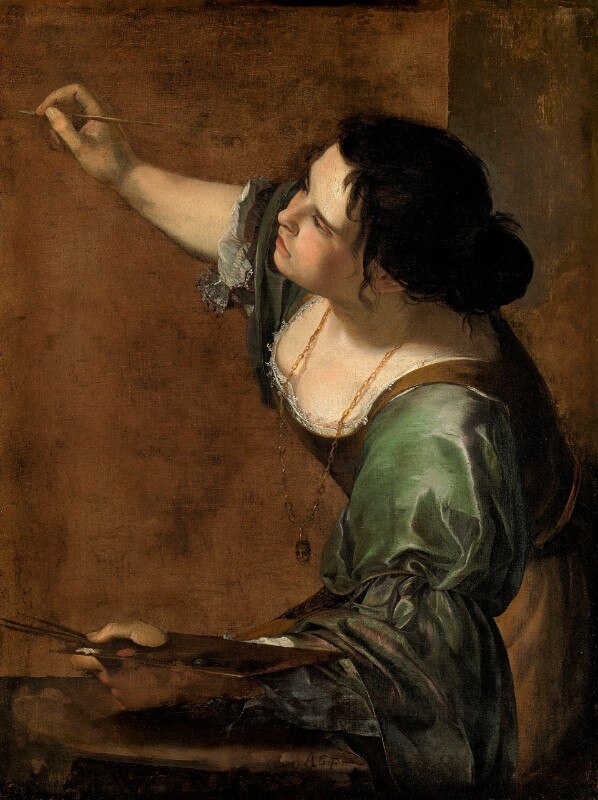On November 25, as it happens every year, the International Day for the Elimination of Violence against Women was celebrated all over the world.
In 1999, the United Nations General Assembly chose this date to honour three sisters, Patria, Minerva and Maria Teresa Mirabal, who were violently assassinated by dictator Rafael Leonidas Trujillo’ men in the Dominican Republic. From then until today, unfortunately, the numbers regarding violence against women are still impressive. Reports of family abuse, stalking, and sexual violence against women are still very common, and the victims are too afraid to expose their torturers: they fear not to be believed, to be judged and not protected.
In this article, we won’t focus on the woman as an artistic subject – we will celebrate her strength, independence, charm and beauty, and we will focus on the role that, not without any difficulties, she conquered in the art world and that she has played in a revolution that is still very much ongoing.
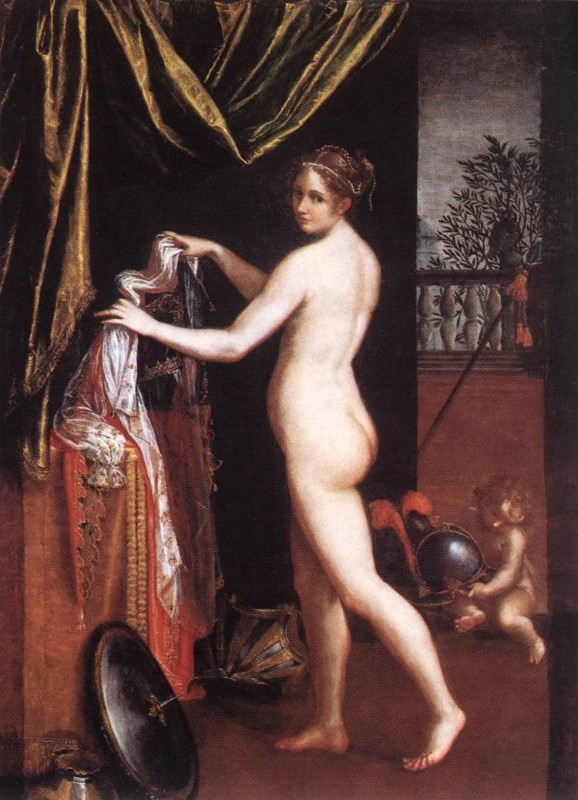
Lavinia Fontana was born in Bologna in 1552. She was the daughter of mannerist painter Prospero Fontana, from whom she inherited the passion for art. Growing up in her father’s workshop, Lavinia immediately showed excellent artistic skills. However, at that time, becoming a painter could have brought her many difficulties, so she decided to plan her future in such a way that would allow her to pursue her career. In 1577, she married Paolo Zappi, a mediocre painter, and with the help of her father she drew up a marriage contract which would allow her to keep painting. She was invited by Pope Gregory XIII to move to Rome, where she started painting numerous portraits with noblewomen and their children as protagonists. People of highest rank such as Philip II, King of Spain, cardinals and bishops asked her to carry out many important artworks that were in no way hindered by her eleven pregnancies. Mother, wife and excellent painter, she never failed to portray herself in various versions – such as Minerva dressing, a work that is today displayed at the Galleria Borghese in Rome. A goddess, a beautiful Venus (in the role of Minerva), surprised by the spectator just before putting on her clothes. Maliciously looking towards the spectator, not at all surprised, shameless and self-confident, proud of her body, a sort of self-portrait that sums up the life of the painter who chose to establish herself for what she was, without having to give up anything.
Now, let’s meet another extraordinary painter, who turned her marriage into a moment of growth and sharing with a man who not only was her teacher, but also her artistic partner, and an accomplice with whom she shared her passion. We’re talking about Margherita Volò Caffi, who was born in Cremona in 1647. Her father was a successful painter known, especially in Milan, as Vincenzino dei fiori, as he specialised in painting floral compositions. Margherita married at a young age Ludovico Caffì, who, like his father, was famous for portraying flowers and carpets. Together with him, they studied new painting trends and refined their taste by renewing the Lombard Baroque figurative repertoire. Margherita’s paintings show an extremely sophisticated taste. She paints flowers in a lively and imaginative way, choosing delicate colours such as pink, white, yellow, and more vivid ones such as red. She uses dense and firm brushstrokes and adds measured strokes of light that give life to those dark backgrounds wisely chosen to make her beloved flowers painted on fabric, canvases or parchments stand out.
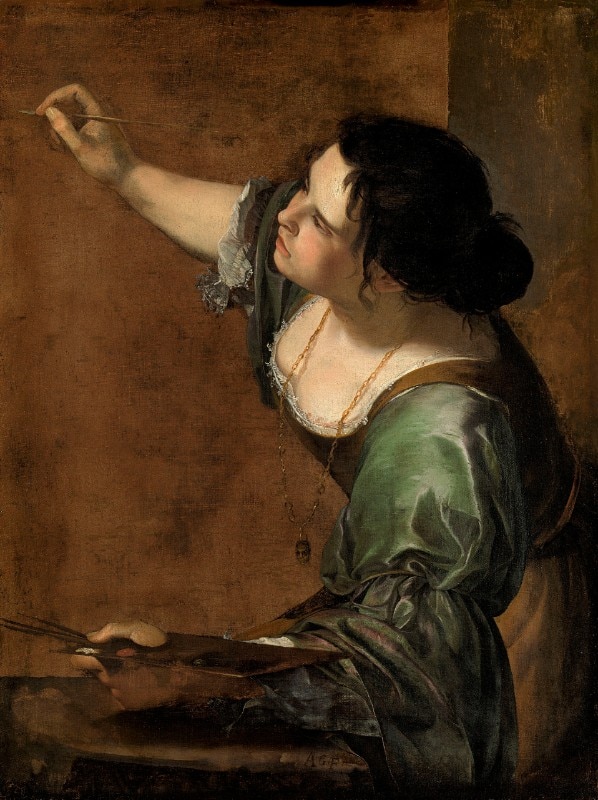
Then, let’s discover a female artist from the mid-nineteenth century, a “quiet girl who always spoke in a low voice, thin as a reed, with deep dark eyes, who loved to dress in black and follow the latest fashion and read the latest novels”. This is how Édouard Manet describes Berthe Morisot, with whom he established a more than special relationship. It is said that the two were lovers and had an extremely strong bond. Berthe was the First Lady of Impressionism. She was intolerant of academic conventionalisms, and thanks to Corot,experimented with plein air painting and then excelled in Impressionist painting thanks to Monet’s influence. Her house became a meeting place for artists, writers and musicians from whom she absorbed their knowledge and then translated onto her canvases.
Her light, poetic brushstrokes are paraphrased by bright, vibrant colours like pearly white. Berthe married Eugène Manet, brother of her master, whom she herself described as a “good, honest man” that she had met “after having chased chimaeras for so long”.
We all are Artemisia Gentileschi, Sofonisba Anguissola, Maria Sibylla Merian, Frida Kahlo, Elisabetta Sirani, Rosalba Carriera, Mary Cassat, Élisabeth Vigée Le Brun, Tamara de Lempicka, Agelica Kauffmann and we would all like our world to be full of men who accompany us, support us, put up with us and believe in us. We are winning women, lovers and loving, strong women, mothers and adventurers with great creative skills. As Ludovico Ariosto used to say: “women have proved their excellence in every art in which they have striven”.
Opening image: Still life with flower vase, Margherita Caffi, second half of the XVII century


